Ingredients De-Coded
With the baby and kid bath products segments expected to grow to over $1.02 billion by 2025(Statista 2022), it’s no wonder that brands do not always reveal their sneaky ingredients that are not-so-good for your family. Though we may not always be able to bring you fully "clean" or "natural" products, we go through a very strict curation process and pick our brand partners very carefully.
With that said, now that you are a part of our club, we wanted to be a source of help to give you some top nasties you should try to avoid- along with some great partner sites where you can go to triple check brands, labels, or ingredients.
This is your quick guide to how we curate and still get your cub effective, fun, and safe grooming goods.
*Always consult with your dermatologist or doctor prior to using any new ingredient. Seek medical attention immediately if reaction occurs. Never take any grooming goods internally (unless meant for). Avoid direct contact with eyes. We as resellers do not hold any responsibility for brand's product offerings and/or reactions they may result in.
The Main Nasties (The Dirty Dozen)
-
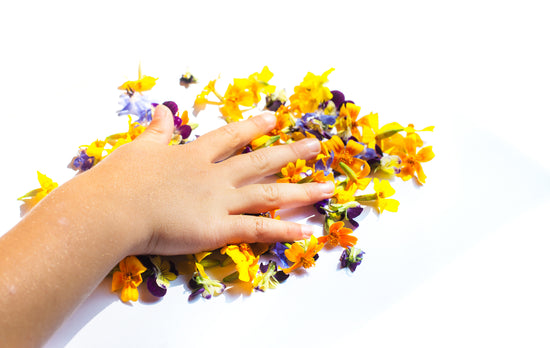
Parfum (aka Fragrances)
Hundreds of synthetic fragrances can be masked by just a single word on an ingredient label, according to the FDA. Be aware of any ingredient labeling that simply lists Parfum/Fragrance, however, they are sadly very hard to avoid in cosmetics.
-

BHA/BHTs
BHA (butylated hydroxyanisole) and BHT (butylated hydroxytoluene) are the closest relation to synthetic antioxidants that act as preservatives in lotions/lip products etc. They are also used in foods as preservatives.
-

Coal Tar Dyes (P-phenylenediamine)
Any time you see a color listed with a "C.I" followed by numbers it is likely a color pigment that should be used with caution. They are sadly very hard to avoid in cosmetics.
-
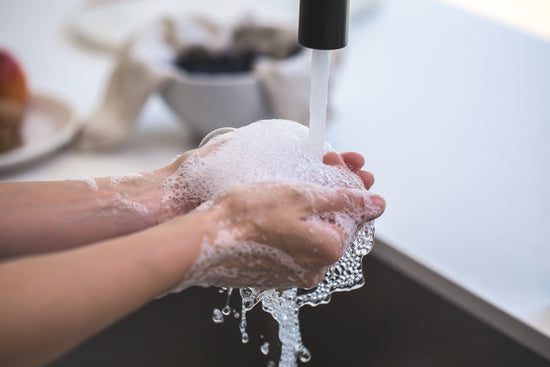
DEA (Diethanolamine)
DEA (diethanolamine) makes your soap sudsy or creates that creamy lather we all enjoy. However, this ingredient is known to be an eye or skin irritant and also carry carcinogenic properties.
-
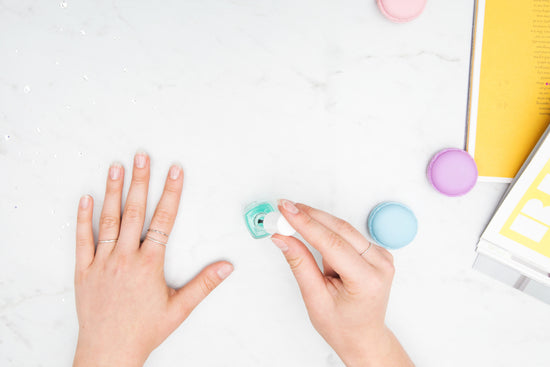
DBP (Dibutyl Phthalate)
Mostly found in nail polish or fragrances and is extremely harmful to humans, causing hormone dysfunction and cancers.
-
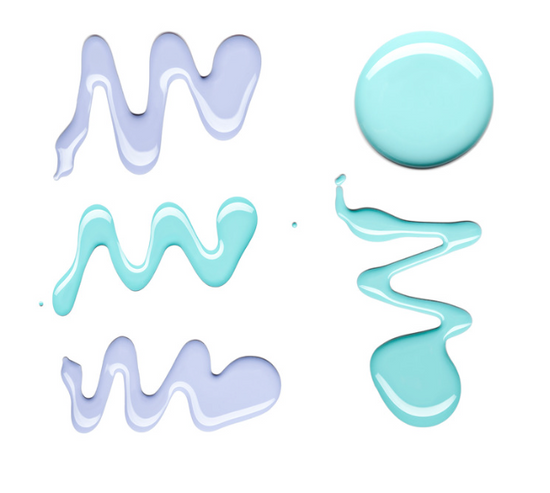
Formaldehyde-Releasing Agents
Used in nail polish as hardeners, or in other cosmetics as preservatives. These resins emit extremely harmful vapors that should be avoided.
-

Parabens
Parabens are the most widely used preservative in cosmetics, thus very difficult to avoid. Studies conducted by the U.S. Centers for Disease Control and Prevention (CDC) did find four different parabens in human urine samples, indicating exposure despite the very low levels in products.
-
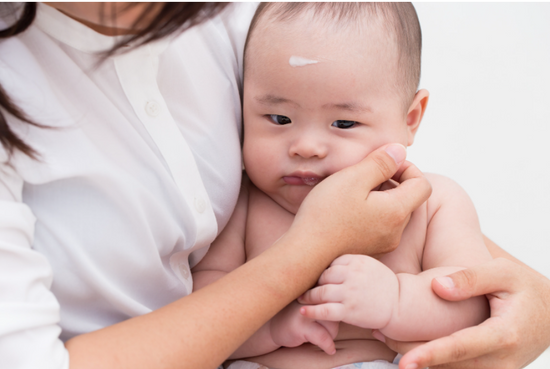
PEGs
PEGs (polyethylene glycols) are petroleum-based compounds that are widely used in cosmetics as thickeners, solvents, softeners, and moisture-carriers, i.e. used in creams.
-
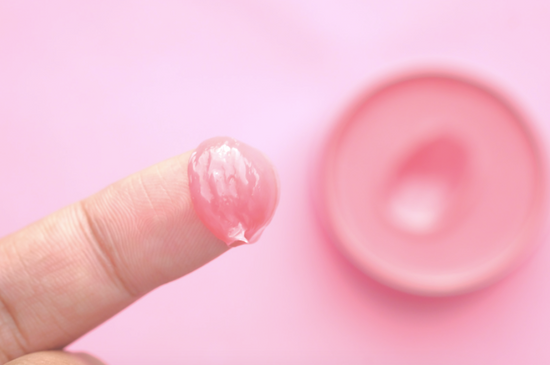
Petrolatum
Petrolatum is mineral oil jelly (i.e. petroleum jelly). It acts like a barrier to lock in moisture to the skin. It can be found in many products from moisturizers to hair products. Many studies have revealed that this ingredient can be contaminated and has also been connected to multiple health concerns.
-
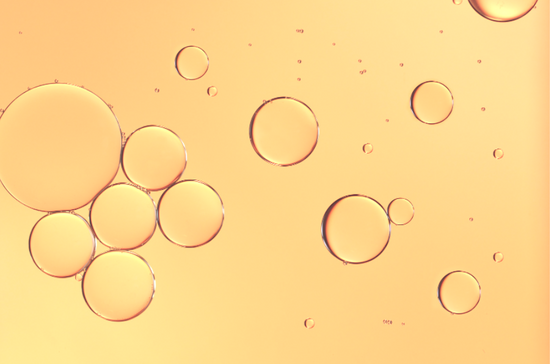
Siloxanes
These are silicone-based compounds that are used in cosmetics to smooth, soften or moisten. They make hair products dry more quickly and deodorant creams slide on more easily. They are also used extensively in moisturizers and facial treatments. Sadly also a tough one to avoid, but linked to many toxic health concerns.
-

SLS/SLES (Sodium Laureth Sulfate)
Sodium laureth sulfate (sometimes referred to as SLES) is used in cosmetics as a detergent and also to make products bubble and foam. It is common in shampoos, shower gels and facial cleansers. It is also found in household cleaning products, like dish soap. They have been proven to be carcinogenic and commonly a skin irritant.
-

Triclosan
Triclosan is used mainly in antiperspirants/deodorants, cleansers, and hand sanitizers as a preservative and an antibacterial agent. In addition to cosmetics, triclosan is also used as an antibacterial agent in laundry detergent, facial tissues, and antiseptics for wounds, as well as a preservative to resist bacteria, fungus, mildew and odors in other household products that are sometimes advertised as “antibacterial.”
More resources for you on Ingredients
We often use, and encourage you to use the following partner sites to stay up-to-date on the latest with ingredients and cosmetic safety:












